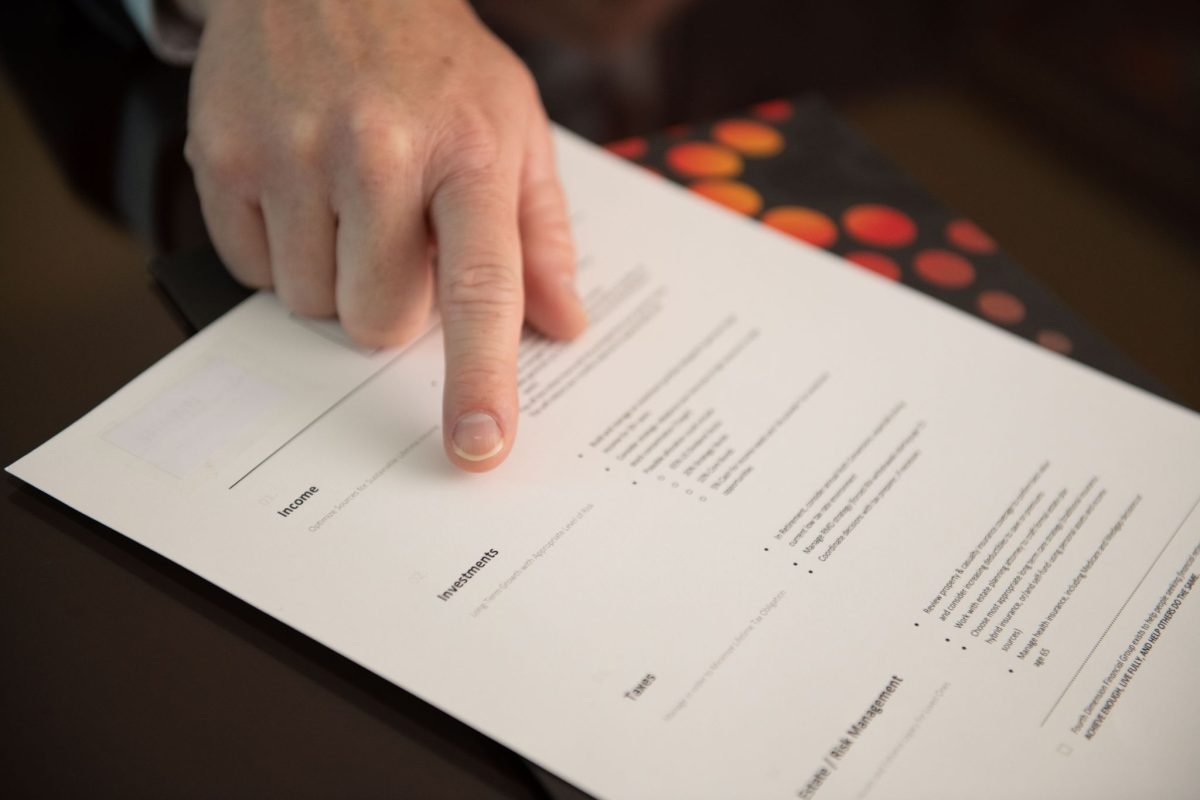As more and more shopping moves from brick-and-mortar stores to the internet, the risk of getting it wrong escalates. A pair of pants bought from a website, without trying them on first, is something that would have seemed insane 25 years ago. Will they even fit? I recall the back-to-school ritual of trying on jeans while seeking Mom’s approval (since she was paying), waiting for her to ask, “Is there enough room in the seat?” She then proceeded to tug on the back of the pants. So in this digital age of shopping, something needed to happen for consumers to trust the process enough to hand over their money, especially when it involved typing credit card information into their computer! The grease on the skids of electronic commerce, therefore, is a well-executed return policy. In other words, I’ll take a risk on these jeans from your site, but I’d better be able to send them back when there’s not enough room in the seat.
Financial services exists in the same world run by no-hassle-returns and free shipping, but is it the same experience? Let’s say you decide to make an investment in the stock of a theme park company. You setup a DIY online trading account, choose your investment of choice, and enter the requisite financial information to exchange your hard-earned money for shares of stock. What happens next? How do you know if you’ve made a lousy purchase? Well, unless there’s a negligent theme park accident the very next day, you likely won’t know for years whether you made a good purchase or not. As a result, investing tends to have a lousy return policy, that is, unless your investment goes very, very well, allowing you to quickly trade out of your position to make a quick profit. Consider that stock returned, at a gain.
So here we are, in a world that’s run on an economy that moves quickly, offers no-hassle returns, and free shipping, but we’re trying to invest for the long-term, with a long-term perspective. The two seem almost diametrically opposed. One is built on NOW (online shopping), the other is built for LATER (investing for the future). What’s a person supposed to do with this?
In short, there’s no easy solution. I suppose one could try to day trade their way to a successful retirement, employing the short-term tactics used by online retailers but to buy and sell investments with the hope of making quick profits. In certain market cycles, this can work. Remember the late 1990s? The reality, however, is that short-term mindsets will cause real challenges when focused on long-term goals. It turns out the markets enjoy punishing those who lack long-term staying power and sell when times get tough.
I suppose you knew this already, but I’m the type who needs reminders from time-to-time. I need to be reminded that the instant gratification of seeing an Amazon package arrive at the front door doesn’t translate well to long-term financial success. Maybe you benefit from a reminder like I do.
My advice? Do your very best to find out the critical pieces of information about investments, financial products, and strategies before you make meaningful investments. Things like: how can I get my money out of this, what tax implications will it have, what if my needs change? Without a hassle-free return policy, it’s likely you won’t feel the results of your financial choices until it’s too late to reverse them, likely years later. I suppose that’s where people like me come in; we do our best to communicate how well those jeans may fit long before you buy them. We want you to have a regret-free and successful retirement; we also want those jeans to fit. Not too big, not too snug, just right. There was method to Mom’s madness; so I suppose it’s best to listen, even when it’s a bit embarrassing. Thanks, Mom.
All the best,

Adam Cufr, RICP®
Recent Articles

Show Your Work: Why Transparency Matters in Retirement Planning

Unlocking the Mystery of Income Taxes

Social Security Strategy: Do You Have One?

Pension Decision: Just One Critical Piece of Information Is Needed to Decide



